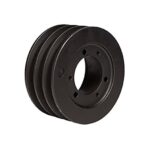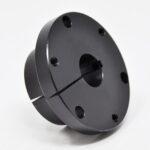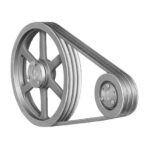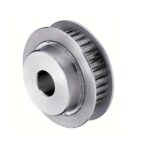Pulleys
Pulleys are mechanisms used to transmit force through a belt, they are mechanical traction devices that are composed of a disk that has an indentation on its circumference through which a belt slides, this allows it to direct the force to both sides. They are widely used due to their convenience and ease of use.
There is a wide range of dimensions and variants within each type of pulley, it is important to consider the needs of the application in order to optimize resources and improve the efficiency of the mechanism in which it is used.
Our operators will be pleased to guide you in the search for the pulley you are looking for.
Below, we describe some characteristics of different types of pulleys.
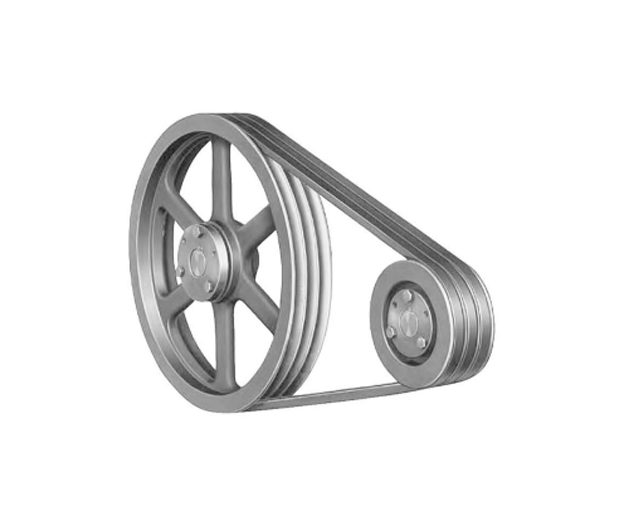
Need a Pulley Distributor?
At BRR® Refacciones Industriales we are distributors of Pulleys for different States and Cities such as: Puebla, Querétaro, Edo de México, SLP (San Luis Potosí), Ciudad Valles, León Guanajuato and Toluca. We also have an online store of pulleys for the rest of the Mexican Republic.
What are Pulleys?
A pulley is a mechanism for moving or lifting heavy things by means of a belt or strap. It is a wheel that is grooved all around its perimeter and movable around an axle with a channel or groove on its edge through which a belt, strap or chain is passed.
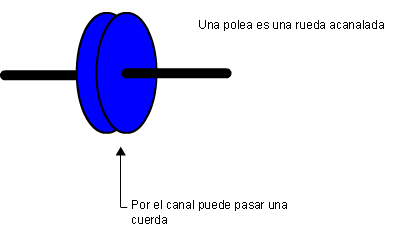
Pulley Parts
The parts of the pulley are as follows:
- The body: it is the main cylindrical piece.
-
The rim: circumference of the pulley, i.e. the outer part of the pulley body (side of the cylinder).
-
The groove or groove: is the groove or channel located in the rim adapted to the rope or belt in order to guide it in its movement.
-
The hub: is the hole where the pulley rotation shaft will be inserted.

Classification of Pulleys
Simple pulleys
The simple pulley is used to lift weights, it consists of a single wheel with which we pass a door.
It is used to measure the direction of the force, making the lifting of the load more comfortable, among other reasons, because we use the weight of the body to make the effort, the force we have to make is the same as the weight we have to lift.
F=R
There are two kinds of simple pulley which are:
Fixed single pulley
The simplest way to use a pulley is to hang a weight on one end of the rope, and pull the other end to lift the weight.
A fixed single pulley does not produce a mechanical advantage: the force to be applied is the same as would have been required to lift the object without the pulley. The pulley, however, allows the force to be applied in a more convenient direction.
Single movable pulley
An alternative way to use the pulley is to attach it to the load, attach one end of the rope to the support, and pull the other end to lift the pulley and the load.
The single movable pulley produces a mechanical advantage: the force required to lift the load is just half the force that would have been required to lift the load without the pulley. Conversely, the length of the rope to be pulled is twice the distance the load is to be lifted.
Composite pulleys
Diagram of the mechanical advantage obtained with various composite pulleys.
Hoists or rigging
The hoist (from the Latin polyspaston, and this from the Greek πολύσπαστον), is the most common configuration of compound pulley. In a hoist, the sheaves are distributed in two groups, one fixed and one movable. An arbitrary number of pulleys is installed in each group. Cargo joins the mobile group

